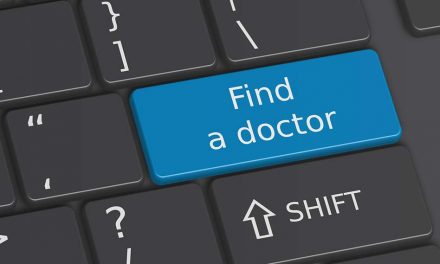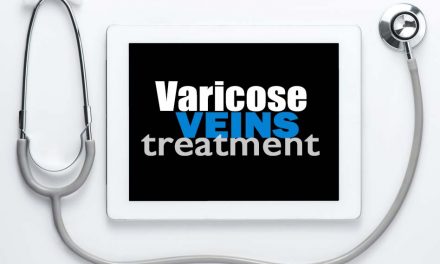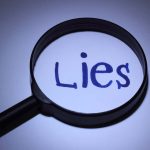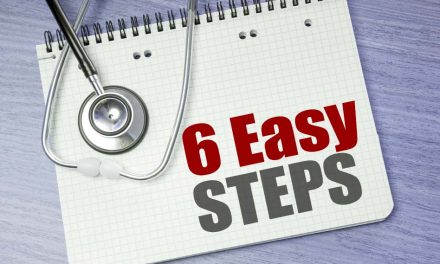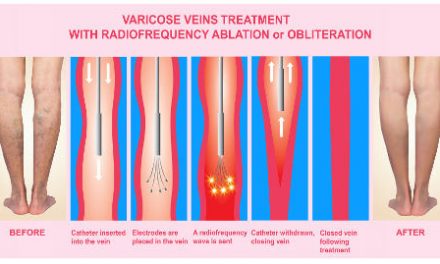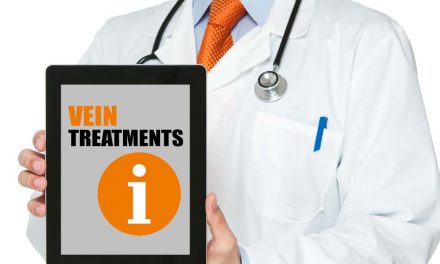
Varicose Vein Pain is Scarier than Donald Trump’s Comb Over
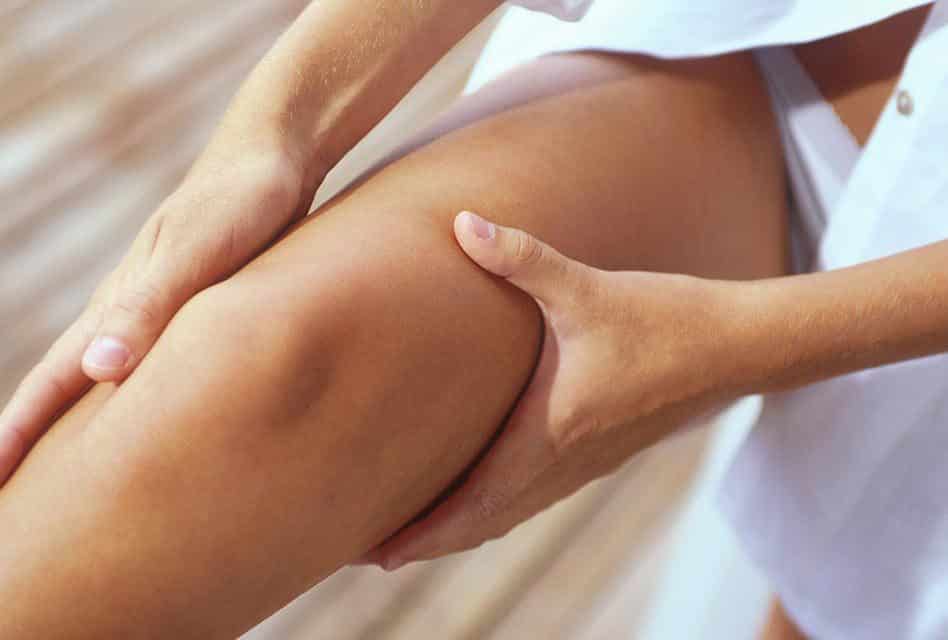
People are relying on the internet for all kinds of advice and information.
Some internet medical advice is good. Sometimes it leads to trouble. A blood clot may present with leg pain with or without swelling.
Without the help of a Doppler ultrasound, the best physicians can only diagnose a blood clot fifty percent of the time. That means your doctor might as well flip a coin to make that diagnosis without the help of a Doppler.
Others with unexplained leg pain are heeding a friend’s or relative’s advice who have no medical training.
As insurance deductibles, co pays and coinsurance increase, there is a tendency for some people to avoid seeking medical advice. With sudden leg pain, this can be dangerous and even life threatening in some instances.
The acute and sudden onset of any kind of pain in the legs may be from a deep vein blood clot. Often these types of blood clots are associated with swelling if the entire vein is occluded. If there is only a partial occlusion, there may be no swelling at all.
The goal of this article is two-fold.
- To help you determine the different causes of leg pain and swelling
- To help you determine when your leg symptoms require emergent medical attention and diagnosis
Let’s get started.
Other Causes of Leg Pain
Often people with varicose veins have other medical conditions at the same time. Often, it takes a vein specialist to differentiate the true cause of the problem.
Other conditions may be confused with varicose vein pain. Tendonitis and lower back pain can be manifested as leg pain in people with varicose veins. Sometimes after vigorous exercise, a muscle can tear causing an acute pain.
The most common condition that can also cause pain in the legs of people with varicose veins is muscle fatigue or muscle strain. Sometimes a muscle tear can cause pain to occur suddenly. People whose occupations demand that they stand for hours often have a component of muscle fatigue as the cause for their pain.
How to Differentiate Symptoms Associated with Varicose Veins from Other Conditions
People with varicose veins may not have many typical symptoms. Classic varicose vein symptoms include:

The important differentiating factors for people with varicose vein pain is that there symptoms get worse as the day progresses. Usually, early in the morning the pain and ache is not as noticeable. However, as the day goes on and gravity takes its toll on the venous circulation. The symptoms (if they are from varicose veins) get worse.
The key to differentiating vein pain from other causes of pain relates to when the symptoms occur.
- Pelvic pain from inside the pelvis may be from intra abdominal varicose veins
- Pelvic pain after intercourse may be from varicose veins
- Leg pain during pregnancy may be from varicose veins
- Leg pain resulting in large bulging veins in the legs may be from varicose veins
- Leg pain after pregnancy may be from varicose veins
- Leg pain with varicose veins often improve with anti-inflammatory medication like Alleve, Advil or Motrin (Ibuprofen)
- Leg pain and swelling that occurs at night is unusual with varicose vein disease
- Leg pain after exercise is usually not from varicose veins
If you elevate your legs, gravity allows the blood to flow back to the heart and out of the legs. The symptoms usually improve if your pain, ache and swelling are from your varicose veins.
Likewise, if your leg pain is from your varicose vein and you wear medical grade support stockings, the pain will be alleviated.
The problem with trying to diagnose your leg pain is that your legs have one or more of the above symptoms and your veins can be entirely normal. This is unusual if you have bulging veins that are easily visible on the surface of the skin.
On the other hand, the arteries in your legs can cause pain. This pain is much different from varicose vein pain. If your arteries supplying the muscles of your leg become partially or totally blocked, it will cause your legs to cramp and hurt after you walk. That is called claudication.
What Should You Do If You Have Large Varicose Veins That Don’t Hurt?
That brings up the question, “What if my varicose veins don’t bother me much now? Should I seek treatment?”
Insurance companies usually cover the treatment of varicose veins if the symptoms interfere with your daily activities. In other words, the pain and ache must be severe enough to limit your normal lifestyle.
The dilemma is that over the years small varicose veins will inevitably enlarge. As these varicose veins become larger, they tend to become symptomatic. In addition, if you neglect varicose veins, they may form clots that are called thrombophlebitis. Thrombophlebitis is often a local area of tenderness and redness that can be as painful as a toothache.
Thrombohlebitis or phlebitis for short is usually treated with anti-inflammatory medicine, elevation, support stockings and a recommendation to walk frequently and stay active.
Neglecting Varicose Veins vs. Accepting Modern Treatment Risks and Outcomes
Years ago, stripping varicose veins was the only option for varicose veins. Many physicians advised their patients to tough it out and live with their varicose veins. The treatment was worse than the disease. The stripping operation was often painful and left ugly scars. The varicose veins often returned and were worse when they came back.
With modern minimally invasive treatments that are rapidly evolving and constantly improving, there is no reason to suffer the pain and discomfort from varicose veins.
Swelling and Varicose Veins
Many patients present to my office with swollen legs. To try to determine if abnormal veins are the cause, a venous duplex or Doppler examination must be performed.
This noninvasive form of ultrasound can often determine if the swelling if from a venous blockage or obstruction. More commonly, if the veins are the source of the swelling, the Doppler test will prove if the blood is refluxing or backing up.
If the varicose veins are located in only one leg and not the other, and the Doppler test is conclusive then varicose vein treatment is often curative.
There are many other causes for leg swelling besides venous disease and varicose veins. The other causes include heart disease, fluid and electrolyte imbalance, kidney disease, liver disease or lymphatic disease. Swelling can be a side effect of some medications.
The following medications could cause leg swelling.
- Diabetes medication
- Steroids
- Antidepressants
- Calcium channel blockers
- Nonsteroidal anti-inflammatory drugs
When leg swelling occurs suddenly, you should seek medical advice. A blood clot may present with no pain at all and just the sudden onset of leg swelling. This can occur from an injury or from no apparent reason at all. See your doctor immediately.
Conclusion
Varicose vein treatment with modern minimally invasive methods can greatly improve your quality of life.
However, if you have varicose veins and leg pain, the pain may be from other causes.
The takeaway is – If the pain occurs suddenly, especially if it occurs suddenly, you must seek medical attention right away.
Your doctor can differentiate other causes of leg pain and swelling.
The internet is a great resource but should not replace your doctor in diagnosing your leg problems.
If you have any questions about your varicose veins, leg pain or swelling, call and make an appointment.
Ask us your questions by calling 724-987-3220 or contact us here.

